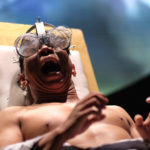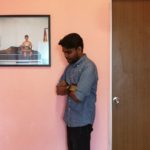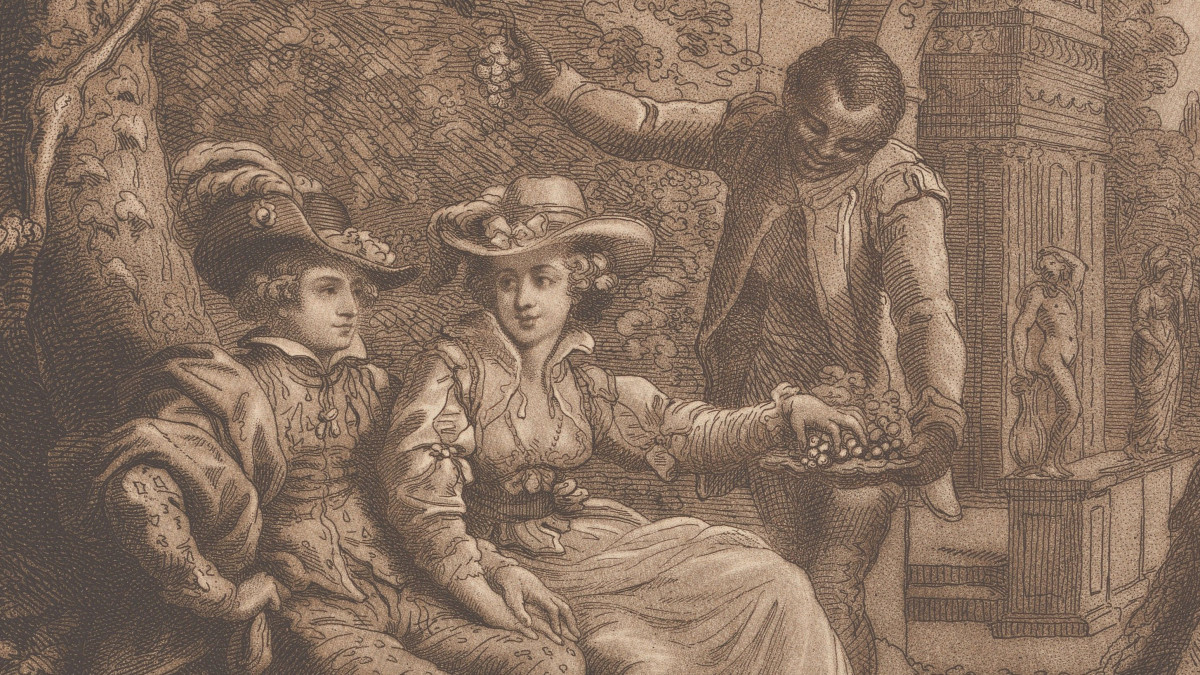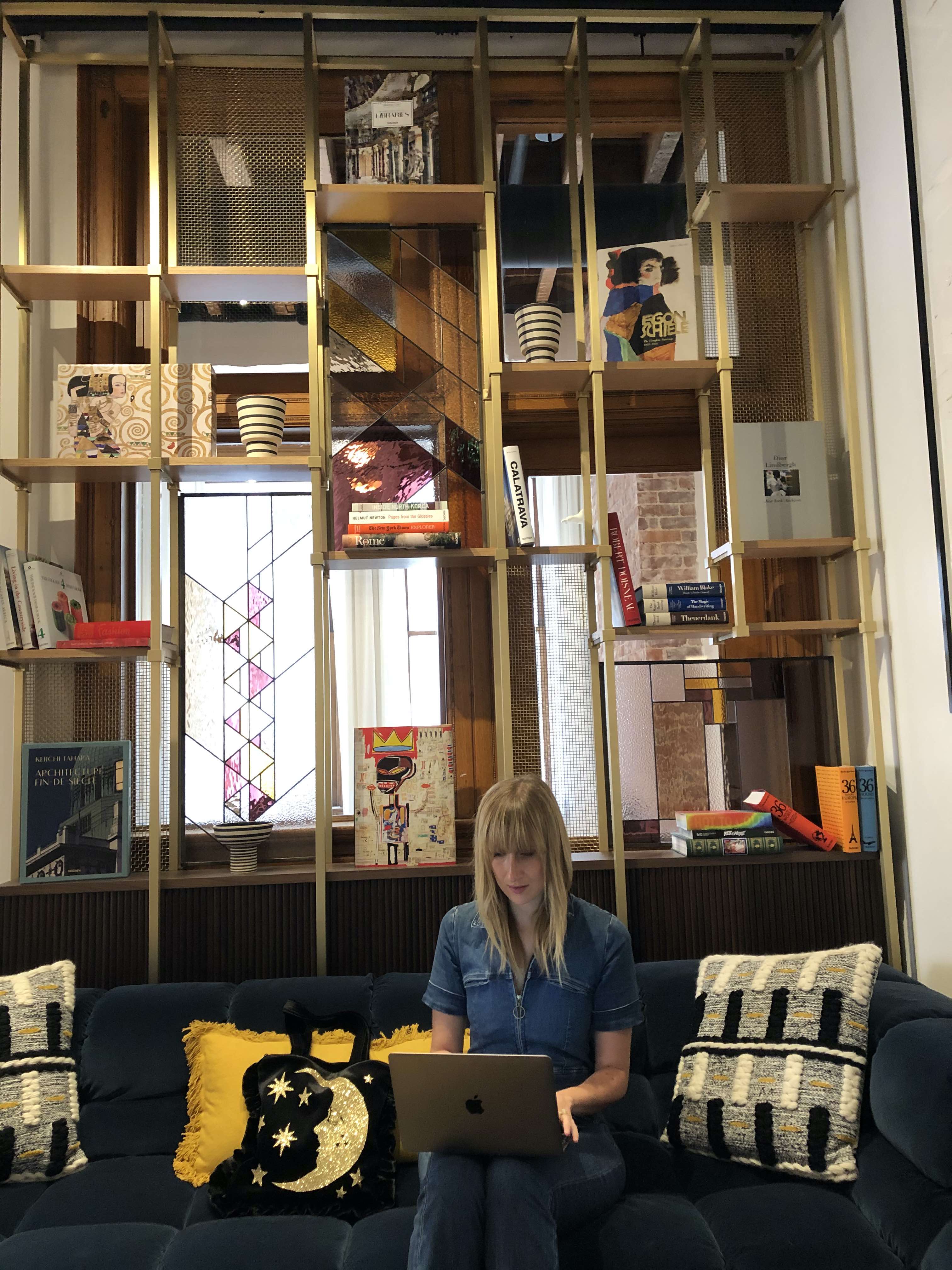Burrito Bay
2009 - Film & Video (Film & Video)
26:48
George Kuchar
Burrito Bay is a video by George Kuchar that follows the format of a diary or travelogue centered on a tropical trip to Acapulco, Mexico. The footage was filmed during the production of Tropical Vulture , a cross-generational collaborative project between George Kuchar and his then student, Mexican artist Miguel Calderón. The video strays away from the conventions of documentary: Kuchar adds an array of effects such as fadeouts between scenes, overlaid digital shapes traversing across the frame, and a strange, unexpected soundtrack. These effects, together with the lack of a cohesive narrative, give Burrito Bay a dream-like, surreal quality that is commonplace in his work. Whether through scenes of roadside urinating, the group lounging in the poolside, preparing breakfast or staying indoors on a rainy day, Burrito Bay gives us a glimpse into Kuchar himself and the inner workings of his mind.
George Kuchar was a key figure in experimental and independent filmmaking in the Bay Area and more broadly across America. He gained prominence through his Super 8 and 16mm films produced throughout the 50s, 60s and 70s. Some of his most well-known titles such as Hold Me While I’m Naked (1966) gave him international recognition and legendary status in underground cinema. In the 1980s, after more than three decades of working with film, Kuchar transitioned to video, and subsequently created hundreds of low-fi, diaristic videos that oscillated between real life and fiction. Many of these camcorder pieces featured Kuchar or his friends as actors, and he also regularly collaborated his students from the San Francisco Art Institute. Throughout his very prolific output of over 350 films, Kuchar was known for pushing the limits of film and cinematic tradition, and for creating a distinct visual language that was joyously nonsensical and reflected his extraordinary humor and wit. Whether featuring UFOs, weather, defecating, urinating, or forbidden passions—Kuchar embedded his eccentric videos with himself, often at his most intimate and profound.
Colors:
Related works sharing similar palette

© » KADIST
William E. Jones
2000His series, The Golden State, harkens back to his early career and his photographic training...

© » ARTS EQUATOR
Say No To Droogs: Teater Ekamatra's "A Clockwork Orange" | ArtsEquator Thinking and Talking about Arts and Culture in Southeast Asia Articles Monospectrum Photography October 5, 2019 By Faezah Zulkifli (1,020 words, 4-minute read) “ORANG_” The wordplay in Teater Ekamatra’s A Clockwork Orange is no accident...

© » KADIST
Tessa Mars
2022In this untitled acrylic painting, Tessa Mars explores the long-lasting effects of colonialism on the Afro-Caribbean diaspora, particularly in terms of female vulnerability and resilience...

© » KADIST
Frequencies of Tradition at the Guangdong Times Museum, curated by Hyunjin Kim With works by Yoeri Guépin, Ho Tzu Nyen, Chia Wei Hsu, siren eun young jung, Jane Jin Kaisen, Alexander Keefe in collaboration with Ashoke Chatterjee and Liz Phillips, Tomoko Kikuchi, Ayoung Kim, Hwayeon Nam, Ko Sakai and Ryusuke Hamaguchi, Lieko Shiga, Simon Soon in collaboration with Stella and Roger Nelson, Stephanie Spray and Pacho Velez, Erika Tan, Fiona Tan, Evelyn Taocheng Wang, Ming Wong, Yo Daham, and Zheng Guogu The exhibition explores the turbulence of imperialism, colonialism, and nation-state building and its impact on tradition, and how it continues to manifest in our lives today...

© » OBSERVER
An Interview with Curator Katerina Gregos | Observer Since the Greek curator Katerina Gregos was appointed the artistic director of Athens’ National Museum of Contemporary Art in 2021, she has not only helped transform it and build its collection but also helped cement its place on the global cultural map...

© » KADIST
Naresh Kumar
2015“Relation between Black and blood” explores the connection between performance, installation and representation...

© » ARTS EQUATOR
Coda Culture: A Space for Freedom | Arts Equator Thinking and Talking about Arts and Culture in Southeast Asia Articles Akanksha Raja October 11, 2018 As told to Akanksha Raja In the latest instalment in our series covering independent art spaces in Southeast Asia, ArtsEquator.com spoke with artist Seelan Palay to learn about his practice, his inspirations, and his journey setting up the independent alternative art space Coda Culture , at 803 King George’s Avenue in Singapore...













